1. Yellowstone National Park, Wyoming

If you dream of wildlife encounters straight out of a documentary, Yellowstone is the place to go. As the first national park in the U.S., and arguably the most famous, it’s home to iconic species like grizzly bears, bison, wolves, and elk. The Lamar Valley, often called the “Serengeti of North America,” is a prime location to see massive bison herds roaming freely, while Hayden Valley offers incredible wolf-watching opportunities. Ecologists note that Yellowstone’s wolf reintroduction in 1995 restored balance to the ecosystem, keeping elk populations in check and allowing vegetation to thrive.
The park’s geothermal features, like Old Faithful and Grand Prismatic Spring, make it a stunning destination, but it’s the wildlife that steals the show. Keep your eyes peeled near the rivers, where grizzlies often fish for cutthroat trout, or scan the skies for bald eagles circling overhead. Yellowstone offers one of the last true wilderness experiences in America, where animals still roam freely as they have for thousands of years. However, it’s not without threats—increasing visitation, habitat loss, and climate change are ongoing challenges that conservationists are working to address.
2. Everglades National Park, Florida
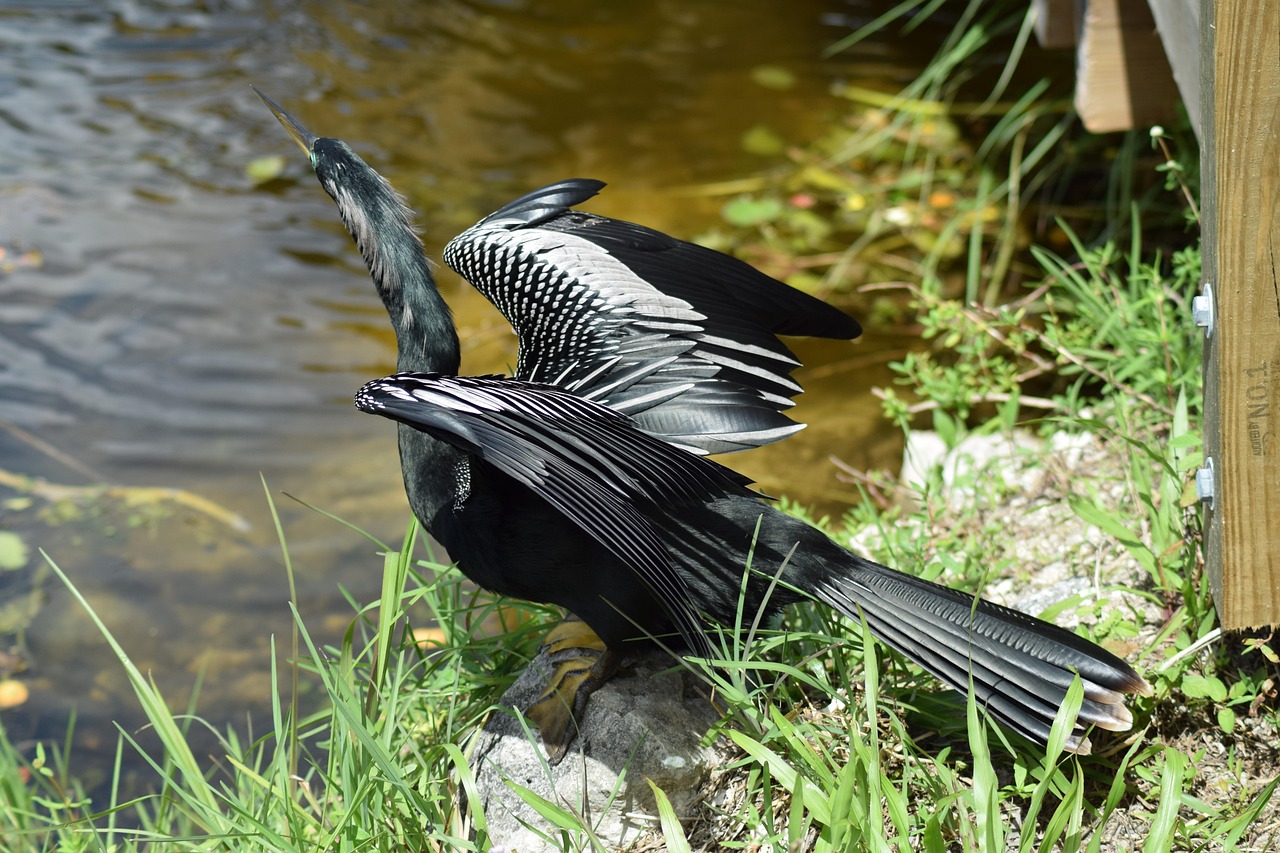
The Everglades are unlike anywhere else in the U.S., a sprawling subtropical wetland packed with some of the most unique wildlife in North America. This is one of the few places where you can see American alligators and crocodiles in the same habitat, and if you’re extremely lucky, you might even spot a critically endangered Florida panther. The vast network of mangroves, sawgrass marshes, and slow-moving waters provides a sanctuary for manatees, river otters, roseate spoonbills, and dozens of species of wading birds.
Ecologists warn that the Everglades face significant environmental threats, from pollution and invasive species to rising sea levels. The Burmese python, an invasive predator, has wreaked havoc on native wildlife, drastically reducing populations of rabbits, raccoons, and deer. But despite these challenges, the Everglades remains one of the best places for wildlife sightings, especially if you take an airboat tour or paddle through the quiet waters of Nine Mile Pond. For a truly unforgettable experience, visit during sunrise or sunset—when the Everglades come alive with the sounds of nature in its purest form.
3. Denali National Park, Alaska

Denali National Park is one of the wildest places left in America, where the landscape is ruled by towering mountains, vast tundra, and some of the most majestic animals on the planet. The park is home to the “Big Five” of Alaskan wildlife: grizzly bears, moose, Dall sheep, wolves, and caribou. The best way to experience wildlife in Denali is to take a bus tour along the park’s only road, which stretches for 92 miles into the wilderness. Sightings are never guaranteed, but chances are high that you’ll see bears lumbering across the open plains or caribou migrating in massive herds.
One of the biggest draws to Denali is its lack of human interference. With no designated trails in much of the park, animals move freely without the disruption of heavy foot traffic. Ecologists praise Denali as one of the last strongholds for wolves in North America, a species that has been eradicated in many other parts of the country. However, rising temperatures are altering the tundra ecosystem, affecting everything from vegetation patterns to the migration habits of key species. Even in a remote wilderness like Denali, the impacts of climate change are being felt, reminding us how delicate these ecosystems truly are.
4. Grand Teton National Park, Wyoming
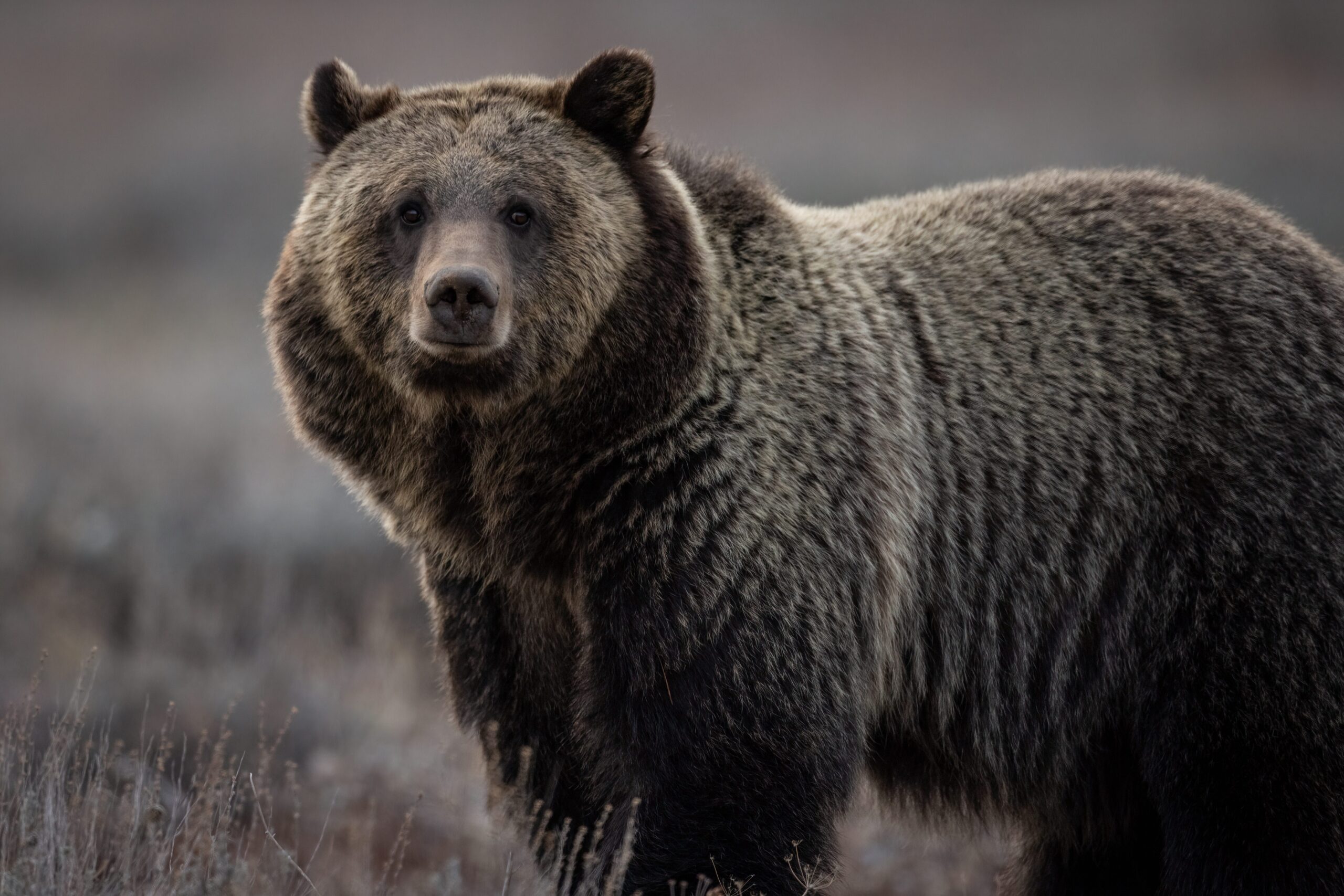
Often overshadowed by its famous neighbor, Yellowstone, Grand Teton National Park is one of the best-kept secrets for wildlife enthusiasts. With its dramatic mountain landscapes and lush valleys, it provides a haven for animals like black bears, moose, pronghorn, and bald eagles. One of the best places to see wildlife is Oxbow Bend, a scenic stretch of the Snake River where otters play, elk graze, and grizzly bears often make an appearance.
Wildlife experts highlight Grand Teton’s importance as a migration corridor—pronghorn antelope, for example, make one of the longest land migrations in North America, traveling hundreds of miles each year. In winter, thousands of elk gather in the nearby National Elk Refuge, creating an unforgettable wildlife spectacle. However, habitat fragmentation and increased human development pose serious threats to the park’s delicate ecosystem. Highway traffic, in particular, has led to frequent wildlife collisions, prompting conservation efforts to create safer crossings for animals on the move.
5. Great Smoky Mountains National Park, Tennessee & North Carolina
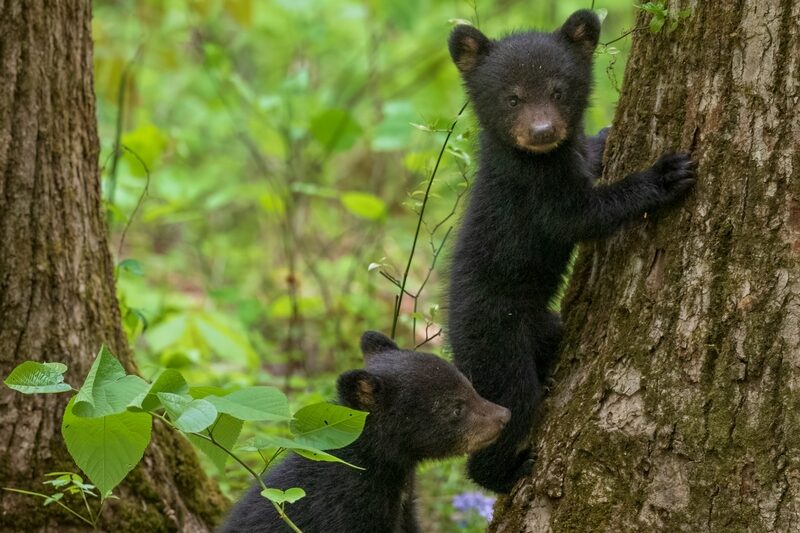
If you want to see black bears, there’s no better place than the Great Smoky Mountains. With an estimated 1,500 bears roaming the park, they are frequently spotted along trails, near rivers, and even crossing scenic mountain roads. But the park’s wildlife diversity goes far beyond bears. It’s home to elk herds in the Cataloochee Valley, white-tailed deer, wild turkeys, and more than 200 species of birds.
Ecologists praise the Smokies for its incredible biodiversity, calling it one of the most ecologically rich places in the eastern U.S. The park’s dense forests and mist-covered mountains create the perfect environment for countless species to thrive. However, like many other national parks, the Smokies face increasing human impact. Crowds, vehicle pollution, and habitat disruption threaten the wildlife that call this place home. Still, if you’re patient and respect the land, you’ll be rewarded with some of the most magical wildlife encounters in the country.
6. Katmai National Park, Alaska
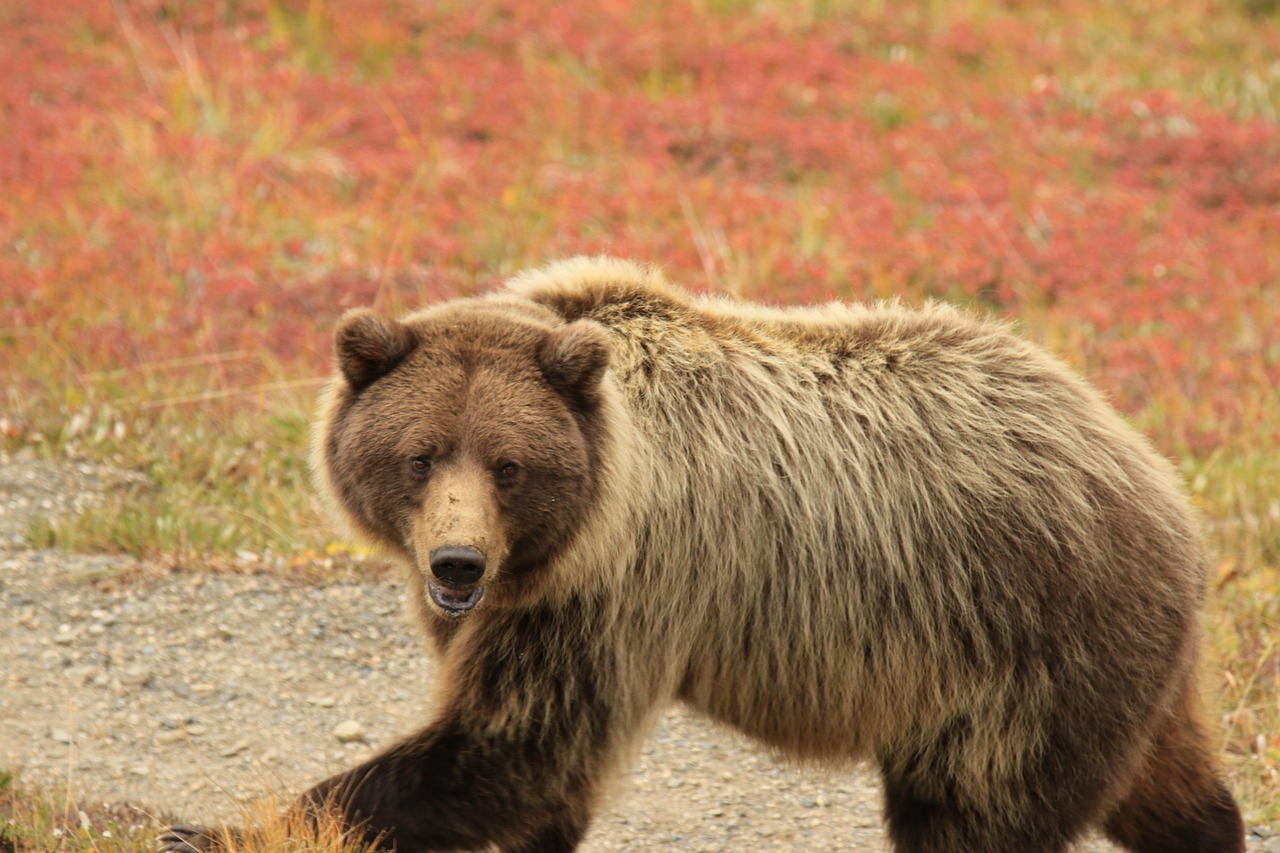
Katmai National Park is one of the most extraordinary places on Earth for watching brown bears in the wild. Every summer, at Brooks Falls, dozens of massive bears gather to catch leaping salmon in a dramatic display of raw nature. The sight of these powerful animals standing chest-deep in rushing water, swiping at fish with effortless precision, is something few places in the world can offer. Visitors can watch safely from elevated viewing platforms, witnessing a scene that has played out for thousands of years, unchanged by time.
Beyond the bears, Katmai is an untouched wilderness filled with volcanic landscapes, pristine rivers, and vast tundra. It’s a place where wildlife still moves freely, undisturbed by roads or heavy tourist traffic. The absence of highways means the only way to get in is by small plane or boat, making it one of the most remote yet rewarding wildlife destinations. Ecologists have called Katmai a conservation success story, where strict protections have allowed bear populations to thrive. However, like much of Alaska, climate change threatens this fragile ecosystem, particularly as rising temperatures disrupt salmon migration patterns—the very lifeblood of Katmai’s bears.
7. Rocky Mountain National Park, Colorado
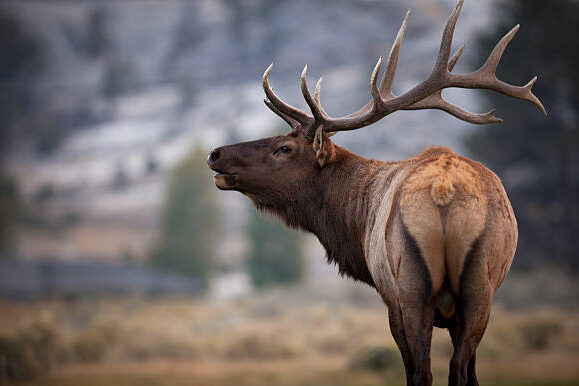
Rocky Mountain National Park is a paradise for wildlife lovers, where high-altitude meadows and rugged peaks provide the perfect home for some of North America’s most iconic species. The park is famous for its large elk herds, especially during the fall rut, when male elk bugle in haunting, echoing calls to attract mates. Watching these massive animals clash antlers in dramatic battles is a spectacle that draws visitors from all over the world.
Beyond elk, Rocky Mountain National Park is home to bighorn sheep, moose, mountain lions, and black bears. Drive along Trail Ridge Road—the highest continuous paved road in North America—and you might spot marmots sunbathing on the rocks or golden eagles soaring overhead. The park’s wildlife is thriving, thanks to decades of conservation efforts, but it’s not without challenges. Increased visitation, wildfires, and the spread of invasive species pose serious threats. Rangers and ecologists work tirelessly to maintain the balance, ensuring that future generations will still have the chance to witness the park’s incredible biodiversity.
8. Olympic National Park, Washington
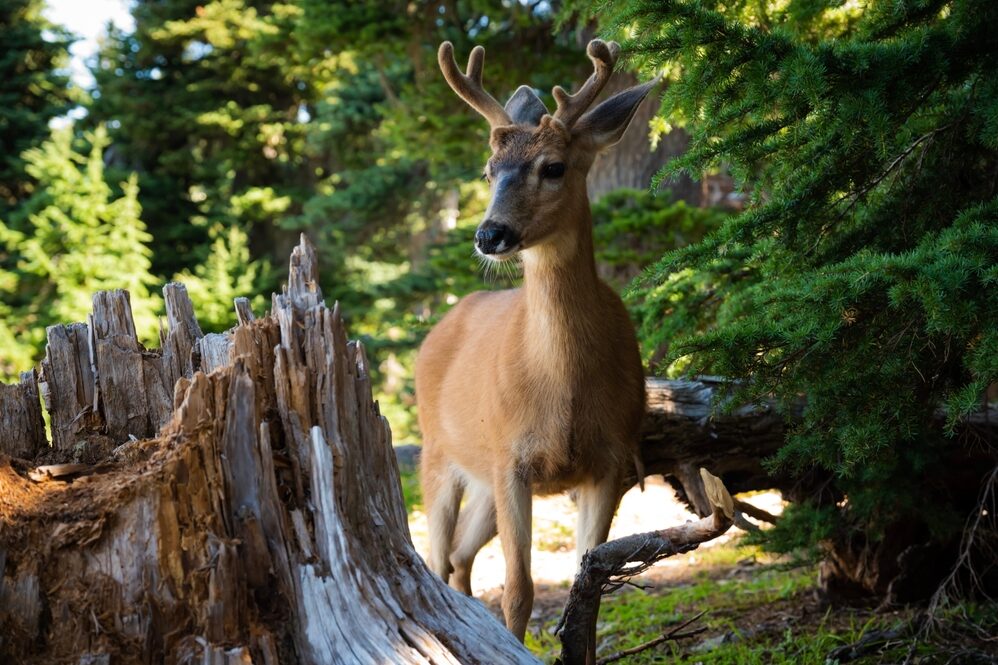
Olympic National Park is unique because it contains three different ecosystems—temperate rainforest, alpine tundra, and rugged coastline—all packed into one park. This incredible diversity means a wider range of wildlife than almost anywhere else in the country. The dense rainforests are home to elusive black bears and Roosevelt elk, while the alpine areas offer glimpses of mountain goats navigating sheer cliffs. Along the coastline, visitors can see sea otters, seals, and even pods of orcas hunting in the Pacific.
What makes Olympic so special is its relatively untouched nature. Much of the park remains pristine, protected from urban sprawl or heavy development. However, it’s not immune to the challenges of a changing world. Climate change is already affecting the delicate balance, with shifting ocean temperatures impacting marine life and rising temperatures threatening the park’s old-growth forests. Despite these concerns, Olympic remains one of the best national parks for wildlife sightings, offering a glimpse into an ancient, untamed world.
9. Isle Royale National Park, Michigan
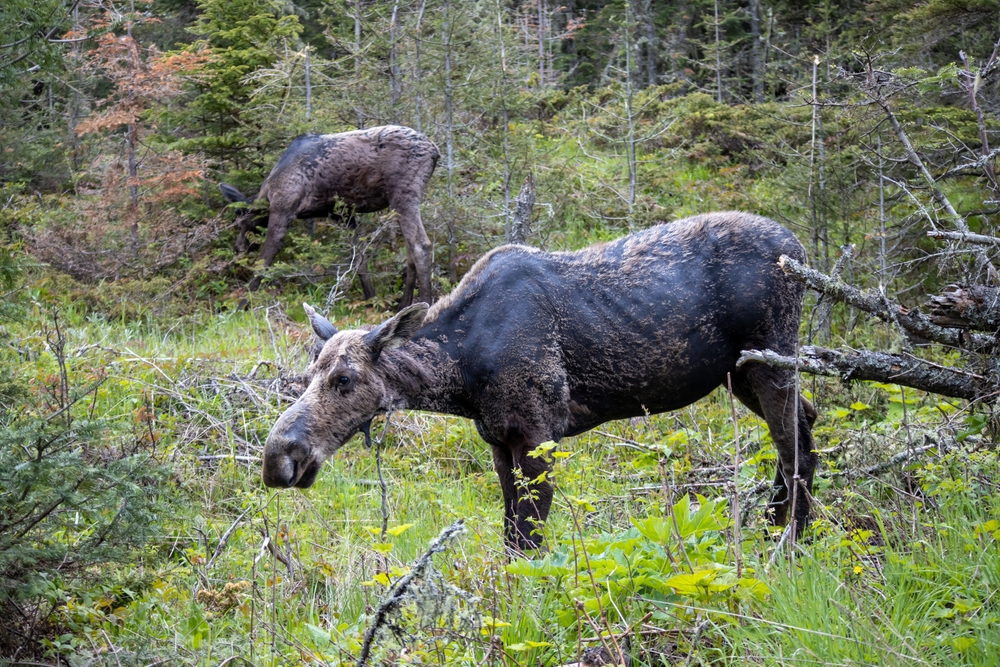
Isle Royale is one of the least-visited national parks in the U.S., but for those who make the journey, it offers one of the most fascinating wildlife experiences in the country. This isolated island in Lake Superior is home to an ongoing natural experiment—the famous predator-prey relationship between wolves and moose. Ecologists have been studying this interaction for over 60 years, making it one of the longest-running wildlife studies in history.
The moose population fluctuates depending on the health of the wolf packs, which act as natural population control. However, in recent years, disease and inbreeding caused the wolf numbers to decline dramatically, leading to an unchecked explosion of moose. Conservationists stepped in to restore the balance, reintroducing wolves to the island to prevent overgrazing. Today, Isle Royale remains a fascinating case study in how delicate ecosystems can be. For visitors willing to brave the remoteness, it offers a rare chance to see wildlife truly undisturbed by modern civilization.
10. Theodore Roosevelt National Park, North Dakota

If you want to experience the American West as it once was, Theodore Roosevelt National Park is the place to go. This rugged landscape, with its badlands and open prairies, is home to herds of bison, wild horses, prairie dogs, and golden eagles. Unlike some of the busier national parks, Theodore Roosevelt offers a quieter, more solitary wildlife experience—perfect for those who want to escape the crowds and get back to nature.
One of the park’s highlights is its wild horse population, a rare sight in the U.S. national park system. These mustangs, descendants of horses from early settlers, roam freely across the landscape, a living reminder of the untamed frontier. Ecologists point to the park as an example of how conservation can coexist with historical landscapes. However, challenges remain—oil drilling in nearby areas threatens the park’s air quality and ecosystem stability. Despite this, Theodore Roosevelt National Park remains a hidden gem for wildlife enthusiasts.
Now that we’ve explored the best national parks for wildlife sightings, it’s time to shift focus to the ones where animal populations are disappearing at alarming rates.
1. Everglades National Park, Florida

The Everglades is one of the most unique ecosystems in the world, home to an incredible variety of wildlife, including the elusive Florida panther, American alligator, and West Indian manatee. For decades, this subtropical wilderness has been a haven for biodiversity, with its slow-moving waters creating the perfect breeding ground for countless species. However, despite its ecological importance, the Everglades is facing an alarming crisis.
Decades of water mismanagement, agricultural runoff, and invasive species—especially the Burmese python—have thrown the ecosystem out of balance. The once-thriving populations of wading birds, such as roseate spoonbills and wood storks, have plummeted. The Florida panther, already one of the most endangered mammals in North America, is struggling with habitat loss and vehicle collisions. Efforts to restore the Everglades are underway, but scientists warn that without aggressive conservation actions, many of its iconic species could vanish forever.
2. Great Smoky Mountains National Park, Tennessee/North Carolina
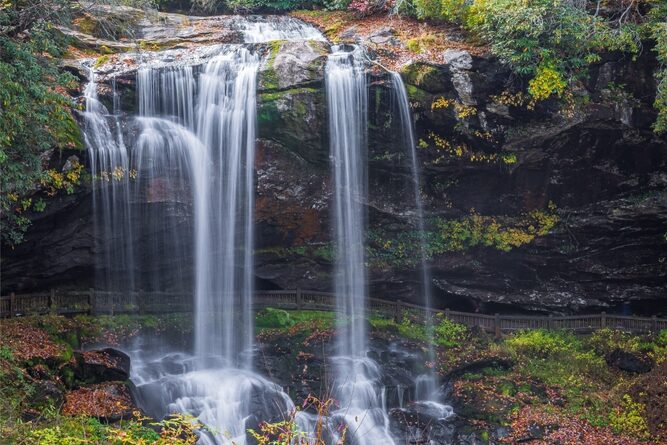
Known for its misty, rolling mountains and rich biodiversity, the Great Smoky Mountains National Park has long been a wildlife hotspot. Black bears roam the forests, salamanders thrive in the park’s cool streams, and synchronous fireflies put on one of the most magical light shows in the world. But over the past few decades, the park’s ecosystem has been under siege.
Rising temperatures and pollution have caused a decline in the famous firefly populations, threatening one of the park’s most beloved natural spectacles. Meanwhile, habitat fragmentation and increased human interaction have put stress on the park’s black bear population. Wildlife experts have noticed concerns about changes in bear behavior, with more of them venturing into human-populated areas in search of food. If these trends continue, one of the most biodiverse regions in North America could face irreversible damage.
3. Yosemite National Park, California
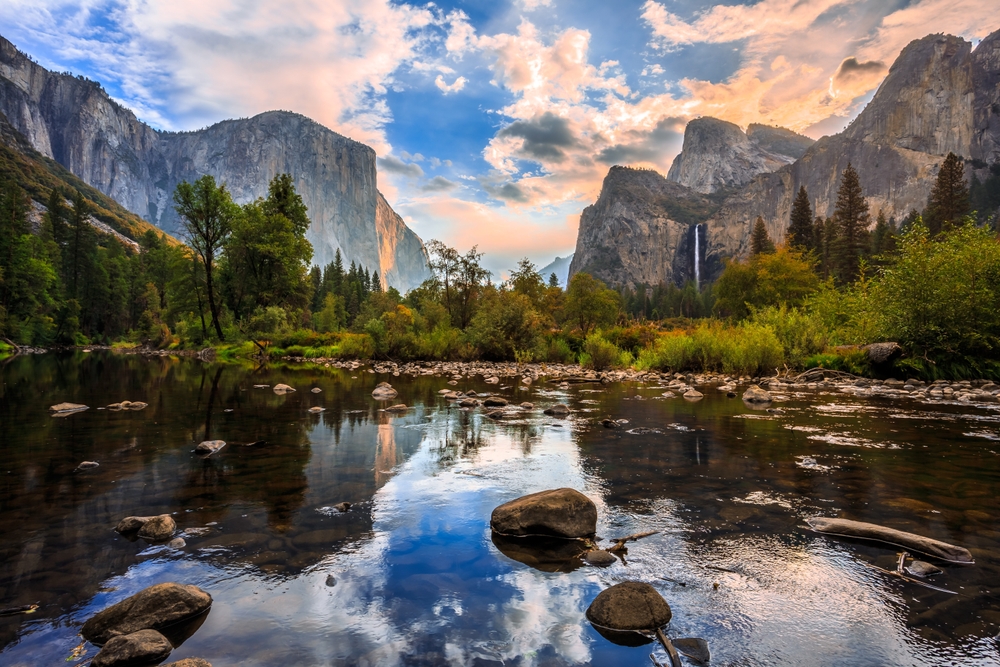
Yosemite’s breathtaking valleys, granite cliffs, and towering sequoias make it one of the most famous national parks in the world. Historically, it has been a sanctuary for wildlife, with black bears, mule deer, and bobcats freely roaming its forests and meadows. However, climate change and human impact are pushing Yosemite’s ecosystem to its limits.
Warmer temperatures and prolonged droughts have led to severe wildfires, destroying critical wildlife habitats. The park’s once-abundant amphibian populations have also suffered, with species like the Yosemite toad facing a steep decline due to habitat loss and disease. Scientists warn that if these environmental changes persist, Yosemite may lose some of the species that have called it home for centuries.
4. Glacier National Park, Montana
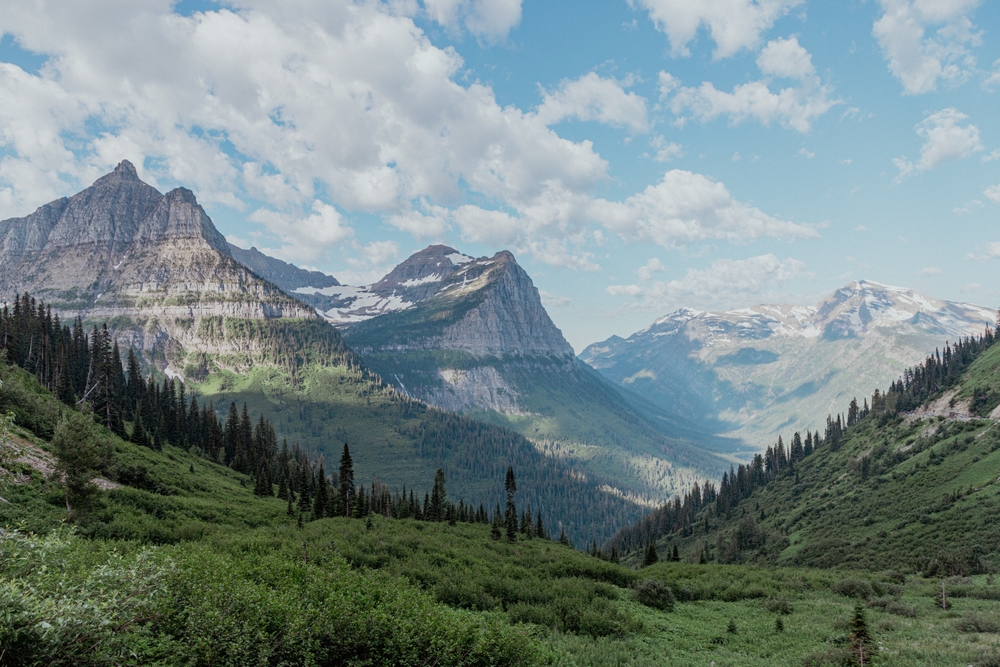
Glacier National Park, once called the “Crown of the Continent,” is experiencing some of the most visible effects of climate change. Its glaciers, which have shaped the park’s rugged landscape and provided vital freshwater sources, are melting at an alarming rate. As these ice masses vanish, so do the habitats that sustain many of the park’s wildlife species.
The decline of glaciers has led to rising temperatures in rivers and lakes, which has been devastating for cold-water fish species like the bull trout. Meanwhile, mountain goats, which rely on high-altitude snowfields to stay cool, are being forced to adapt to warmer conditions. Conservationists are scrambling to find solutions, but without significant intervention, Glacier National Park could soon lose some of the very species that make it so special.
5. Denali National Park, Alaska
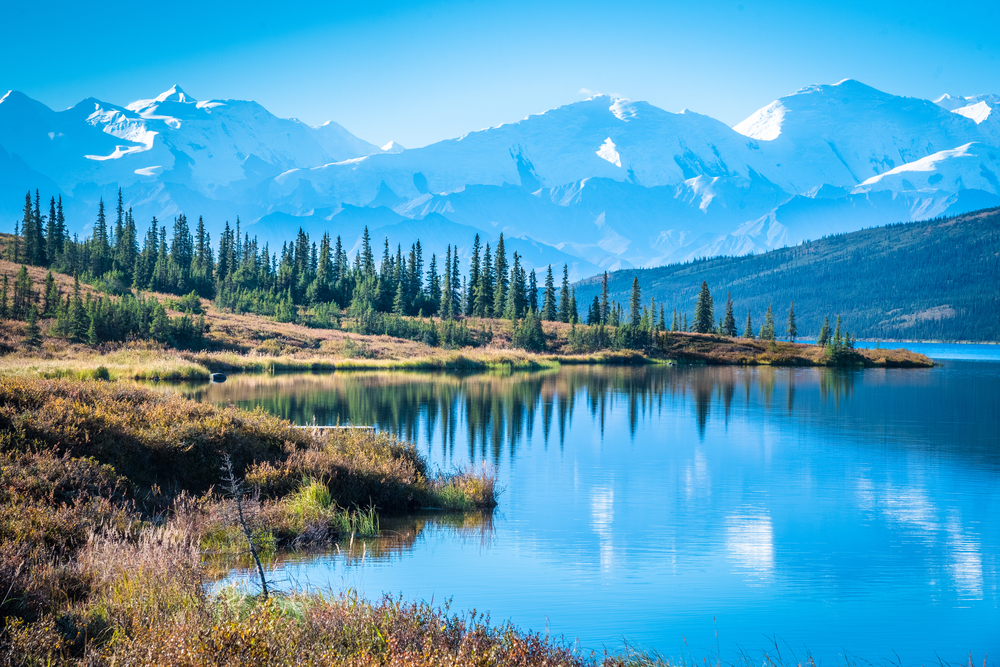
Denali National Park, home to North America’s tallest peak, has long been a refuge for wolves, grizzly bears, and caribou. Its vast tundra and boreal forests provide an untouched wilderness unlike any other. However, in recent years, Denali has become a case study for how climate change is altering Arctic ecosystems at an unprecedented rate.
Warmer temperatures have disrupted migration patterns for caribou, leading to food shortages and declining populations. Wolves, which rely on caribou as a primary food source, are also feeling the effects. Meanwhile, melting permafrost is changing the landscape, causing entire ecosystems to shift. Scientists warn that if current trends continue, Denali’s wildlife populations could dwindle, leaving one of America’s most iconic national parks a shadow of its former self.
These national parks serve as a warning of how quickly ecosystems can change, and how human activity—both direct and indirect—can have devastating effects on wildlife. The battle to save these species isn’t over, but it will take serious commitment and action to prevent further loss.
6. Joshua Tree National Park, California
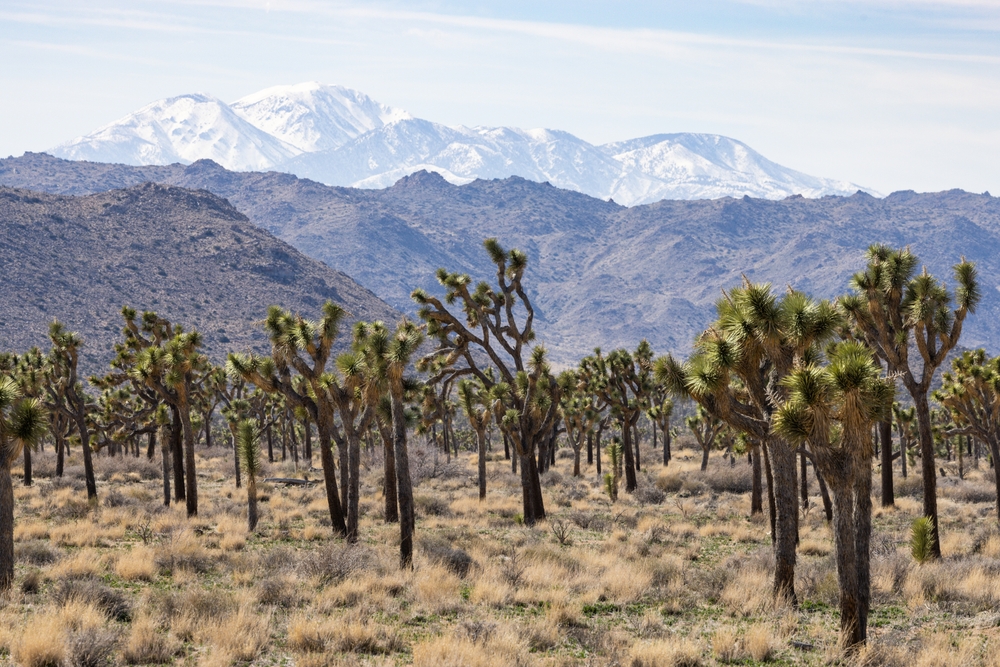
Joshua Tree National Park is famous for its surreal landscapes, dotted with twisted Joshua trees and massive boulders. But this arid wonderland is also home to a surprising variety of wildlife, including bighorn sheep, desert tortoises, and kit foxes. For decades, these resilient creatures have adapted to the harsh desert environment, but today, they face an even greater challenge—climate change.
Rising temperatures and prolonged droughts have made water sources scarce, forcing animals to travel longer distances in search of sustenance. The iconic Joshua trees themselves are also struggling, with fewer young trees surviving due to extreme heat and reduced rainfall. Without intervention, the loss of these trees could trigger a ripple effect, endangering the entire desert ecosystem. Ecologists warn that Joshua Tree National Park may become too harsh even for the species that have evolved to thrive there, turning this once-vibrant landscape into an increasingly inhospitable environment.
7. Olympic National Park, Washington

Olympic National Park is an ecological treasure, boasting rugged coastlines, dense rainforests, and towering mountain ranges. The park’s diverse habitats support an incredible variety of wildlife, including Roosevelt elk, mountain lions, and the elusive marbled murrelet. However, habitat destruction and climate shifts are beginning to take their toll on these fragile ecosystems.
The Roosevelt elk, one of the largest remaining herds in the U.S., has seen a decline in recent years due to habitat fragmentation and increased human activity. Meanwhile, the park’s ancient temperate rainforests, which serve as critical nesting grounds for birds like the marbled murrelet, are under threat from climate-driven wildfires and shifting precipitation patterns. Conservationists are working to preserve these ecosystems, but without stronger protections, Olympic National Park’s delicate balance of wildlife may be permanently disrupted.
8. Acadia National Park, Maine
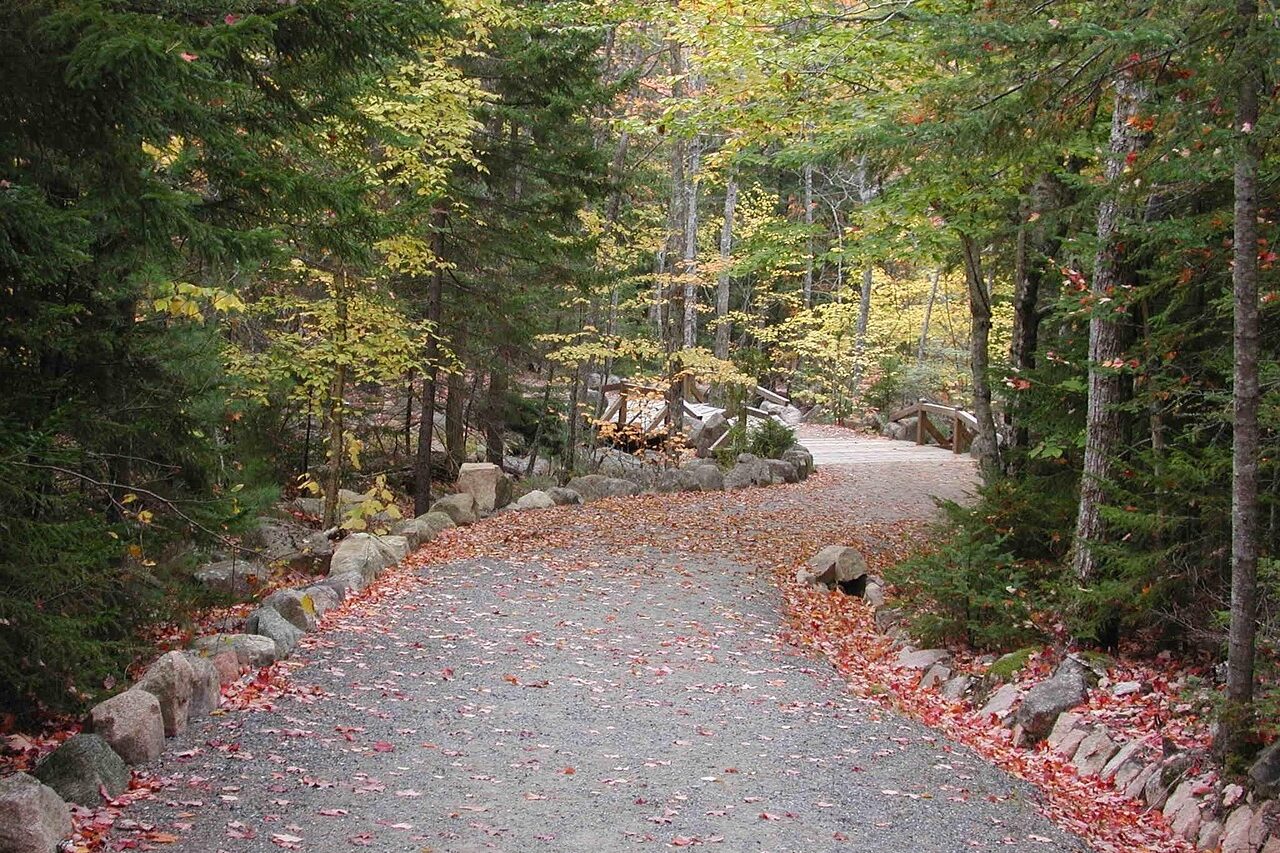
Perched along the rugged Atlantic coastline, Acadia National Park is a haven for seabirds, marine life, and dense hardwood forests. One of its most beloved residents is the Atlantic puffin, a charismatic seabird known for its brightly colored beak and clumsy-yet-endearing flight. But warming ocean temperatures and shifting fish populations have made survival increasingly difficult for these birds.
As the Gulf of Maine experiences some of the fastest warming rates in the world, puffins are struggling to find enough food, forcing many to abandon their nests. Additionally, rising sea levels and stronger storms are eroding the park’s coastal habitats, threatening shorebirds and marine mammals alike. Ecologists worry that if these changes continue unchecked, Acadia’s once-thriving bird colonies and marine ecosystems could face irreversible damage.
9. Big Bend National Park, Texas
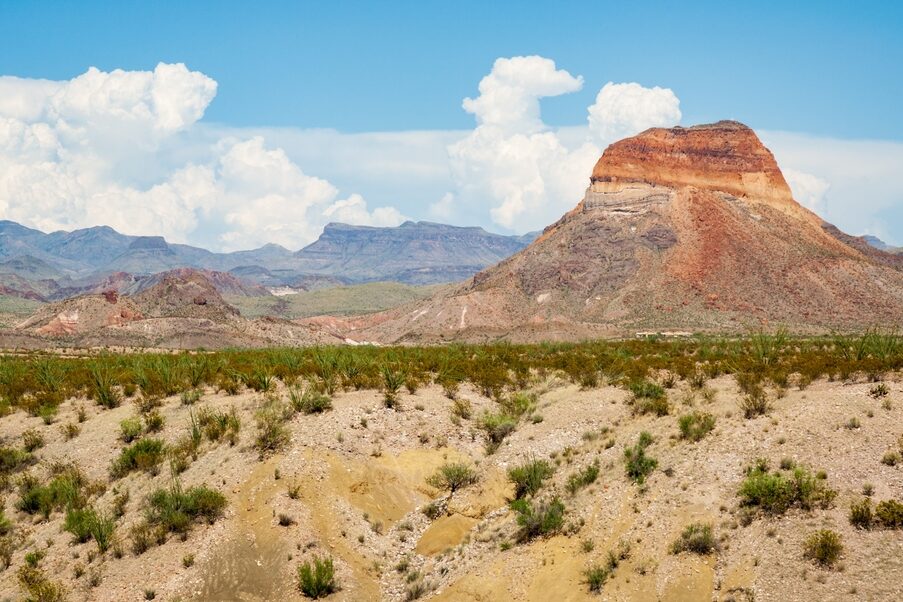
Big Bend National Park is a rugged, remote expanse of desert, river canyons, and mountain ranges. It’s home to an extraordinary variety of wildlife, from black bears and mountain lions to rare birds like the Colima warbler. But in recent years, the extreme Texas heat has intensified, placing enormous stress on the park’s ecosystem.
Heatwaves are becoming more frequent and severe, pushing many species to their physiological limits. Birds and small mammals are struggling to find shade and water, while drought conditions have reduced vegetation that larger animals rely on for food. With climate models predicting even hotter and drier conditions in the coming years, scientists worry that Big Bend may become an increasingly difficult place for wildlife to survive. The question remains: can these species adapt fast enough, or will they be pushed out of their historic range?
10. Shenandoah National Park, Virginia
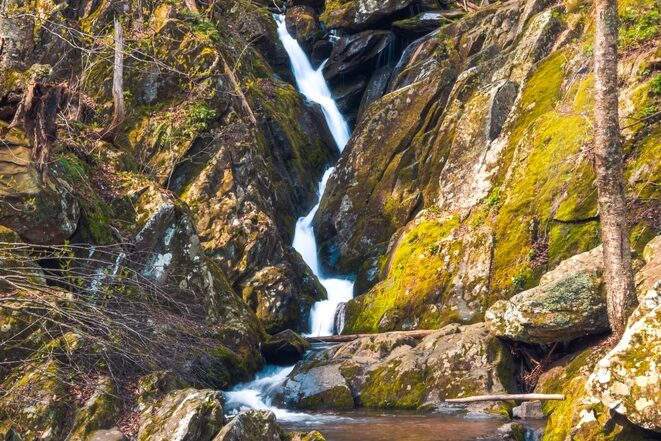
Shenandoah National Park, with its rolling Blue Ridge Mountains and dense forests, has long been a sanctuary for deer, black bears, and countless bird species. But today, the park is facing multiple ecological threats, from invasive species to rising temperatures. One of the biggest challenges is the spread of non-native pests, such as the emerald ash borer and the hemlock woolly adelgid, which are devastating the park’s tree populations.
As these ancient trees die off, they take entire ecosystems with them, displacing birds and mammals that rely on them for food and shelter. Meanwhile, the park’s famous Skyline Drive, a major tourist attraction, has brought increased traffic and pollution, further stressing local wildlife. Without aggressive conservation efforts, Shenandoah’s forests may continue to decline, taking much of the park’s biodiversity with them.


